The ancient Silk Road was not just a conduit for spices, silks, and precious stones—it was also a vibrant highway for the exchange of musical traditions. For over a millennium, melodies, instruments, and rhythms traveled alongside merchants and pilgrims, weaving a rich tapestry of sound that transcended borders and cultures. The musical legacy of the Silk Road is a testament to humanity’s enduring desire to connect, communicate, and create beauty across vast distances.
From the lute-like pipa of China to the haunting strains of the Persian ney, the instruments of the Silk Road tell stories of adaptation and innovation. The pipa, for instance, likely originated in Central Asia before finding its way into Chinese courts, where it evolved into a symbol of refined artistry. Similarly, the Persian santur, a hammered dulcimer, spread eastward, influencing the development of instruments like the Indian santoor. These migrations were not mere transfers of objects but dynamic processes of cultural dialogue, where each new encounter left its mark on the music’s form and expression.
The human voice, too, was a powerful vehicle of exchange. Along the Silk Road, vocal traditions blended, giving rise to new styles that reflected the diversity of the regions they traversed. Sufi qawwali music, with its ecstatic rhythms and devotional poetry, absorbed elements from Central Asian folk songs, while Uyghur muqam—a complex suite of vocal and instrumental pieces—bears traces of Arabic, Persian, and Chinese influences. These hybrid forms remind us that music has always been a living, evolving art, shaped by the movement of people and ideas.
One of the most fascinating aspects of Silk Road music is its role in spiritual and communal life. Buddhist chant, Islamic call to prayer, and shamanic drumming all found a place in the soundscape of the trade routes. Music was not merely entertainment; it was a bridge between the earthly and the divine, a means of healing, and a tool for storytelling. In the caravanserais where travelers rested, songs from distant lands would have mingled in the night air, creating fleeting moments of shared humanity amid the vastness of the deserts and mountains.
Today, the echoes of this musical exchange can still be heard. Contemporary artists draw inspiration from Silk Road traditions, blending ancient instruments with modern genres to create something entirely new. Festivals and ensembles dedicated to Silk Road music, such as the renowned Silk Road Project initiated by cellist Yo-Yo Ma, continue to celebrate this legacy, proving that the desire to connect through sound is as alive now as it was centuries ago.
The story of Silk Road music is ultimately one of resilience and reinvention. It speaks to the power of culture to adapt, survive, and flourish even in the face of political upheaval or geographical barriers. In a world that often emphasizes division, the harmonies of the Silk Road remind us of our shared creative spirit—a melody that continues to resonate across time and space.

By /Aug 8, 2025

By /Aug 8, 2025
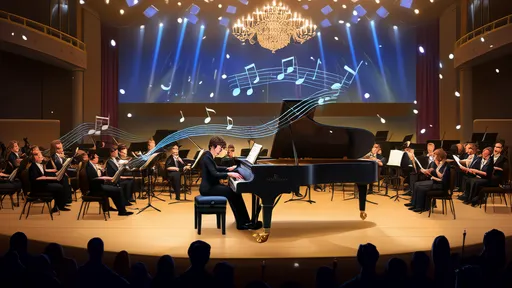
By /Aug 8, 2025
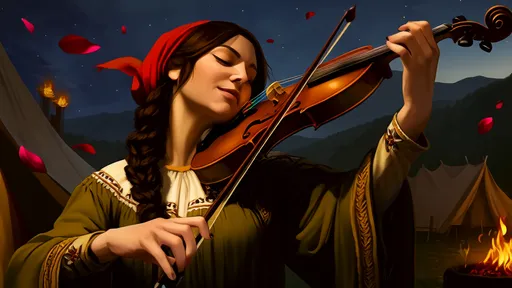
By /Aug 8, 2025

By /Aug 8, 2025

By /Aug 8, 2025

By /Aug 8, 2025

By /Aug 8, 2025
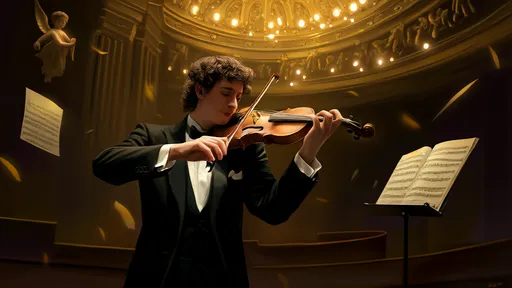
By /Aug 8, 2025
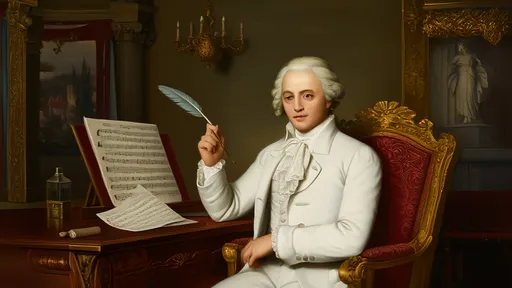
By /Aug 8, 2025
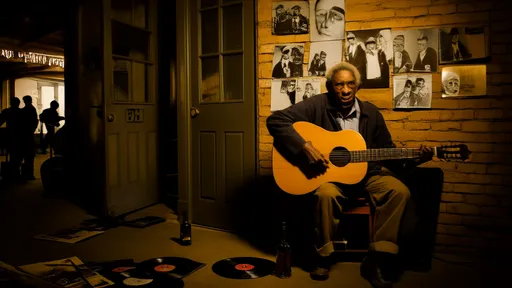
By /Aug 7, 2025
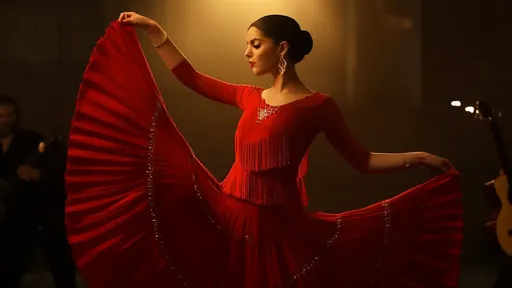
By /Aug 7, 2025

By /Aug 7, 2025
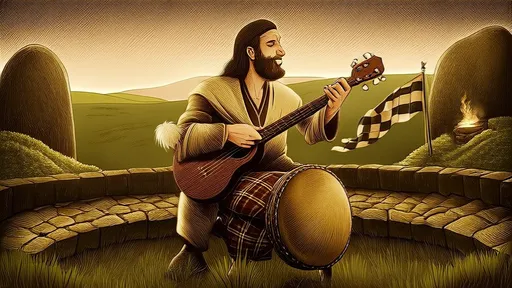
By /Aug 7, 2025
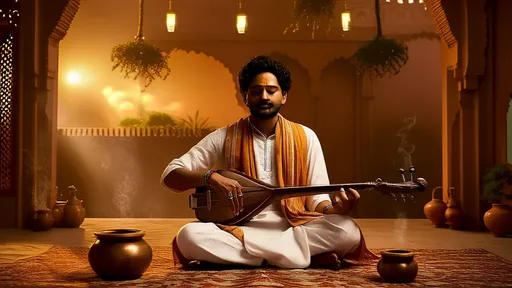
By /Aug 7, 2025
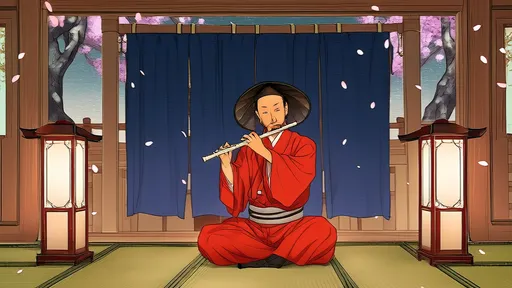
By /Aug 7, 2025

By /Aug 7, 2025
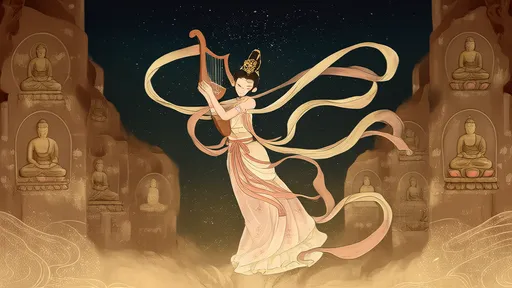
By /Aug 7, 2025

By /Aug 7, 2025
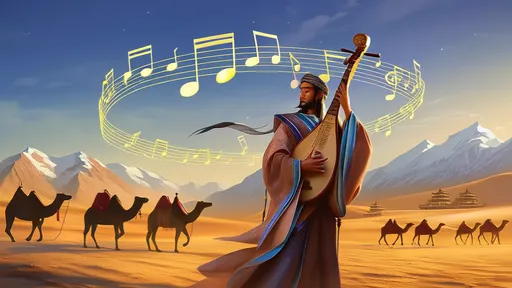
By /Aug 7, 2025